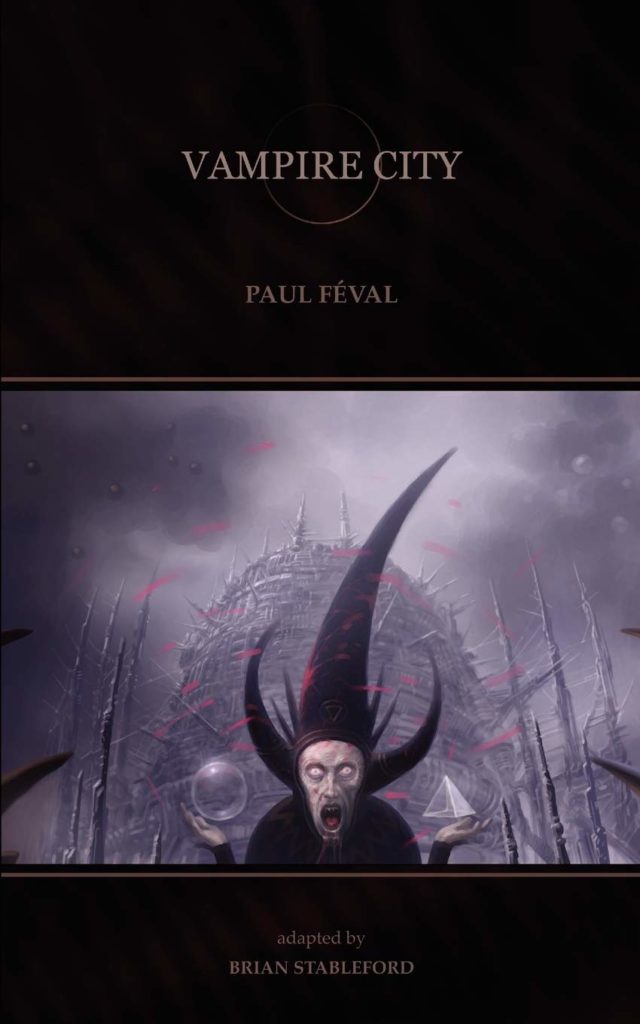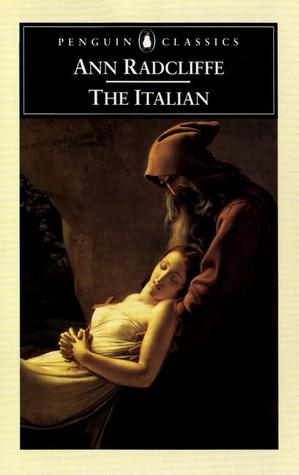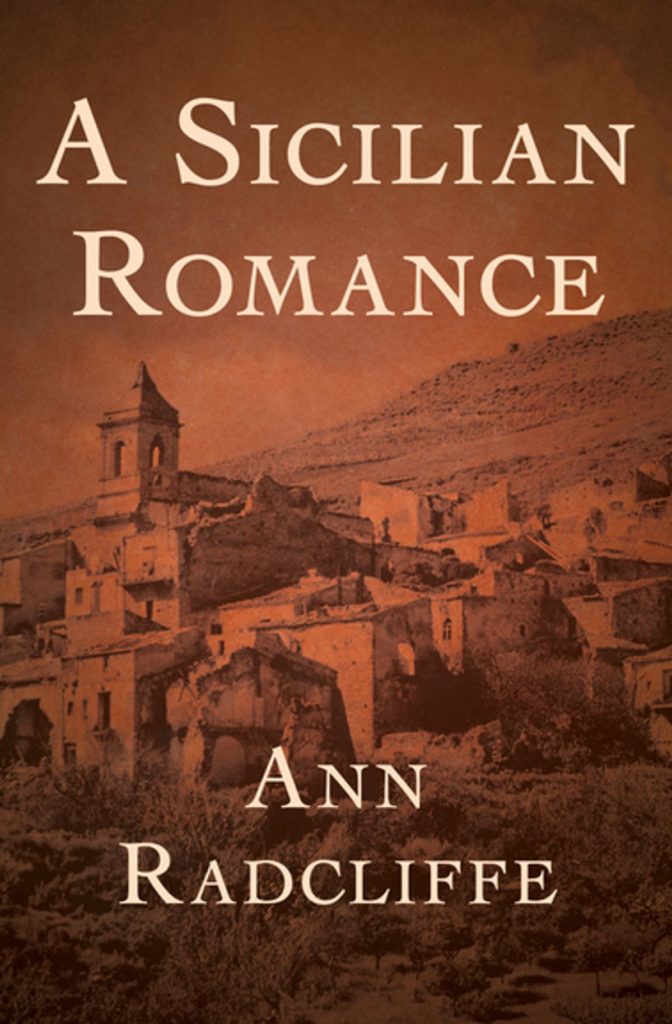
Pride and Prejudice and Zombies wasn’t the first book to remix classic literature with horror. Way back in 1867 came this totally bonkers French novel which imagines Ann Radcliffe as a vampire hunter. The young novelist, along with several ragtag companions, scout across Europe to root out blood suckers and save Ann’s sister before the upcoming double wedding. Along the way, Radcliffe’s macabre adventures inspire her to write her masterpiece, The Mysteries of Udolpho.
If the plot sounds ridiculous, it’s supposed to be. Féval, who was quite popular in his day, tells his tale with all the self-aware hilarity one might expect from a skilled satirist. The tone is meant to be zany, and zany it is. I wouldn’t call it a fine novel by any stretch of the imagination. That said, according to Goodreads, I highlighted over 200 sentences. It’s rare for a book to have me so glued that I’m highlighting on every page.
Read more “Paul Féval, père – Vampire City (1867)”



